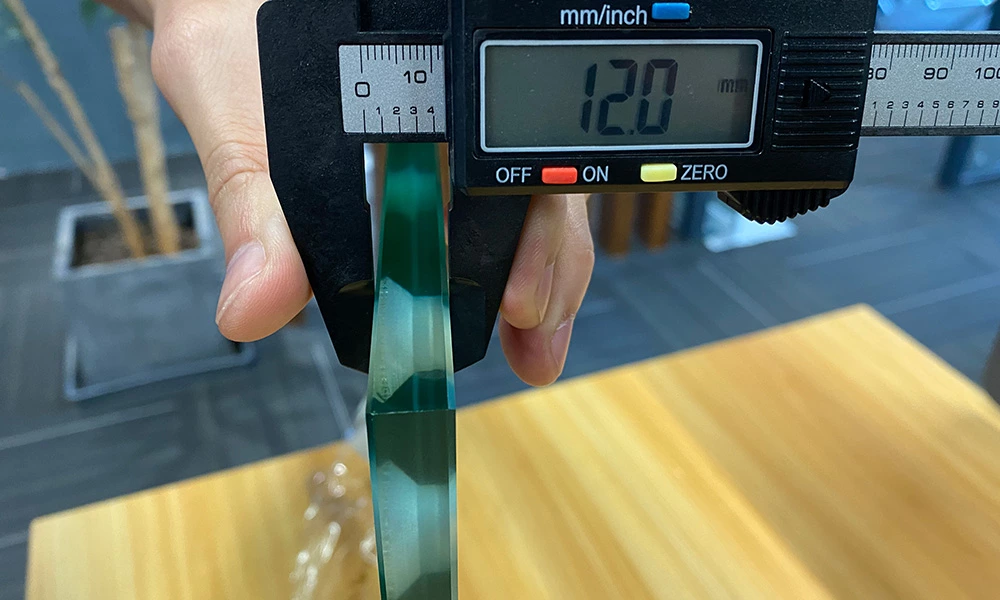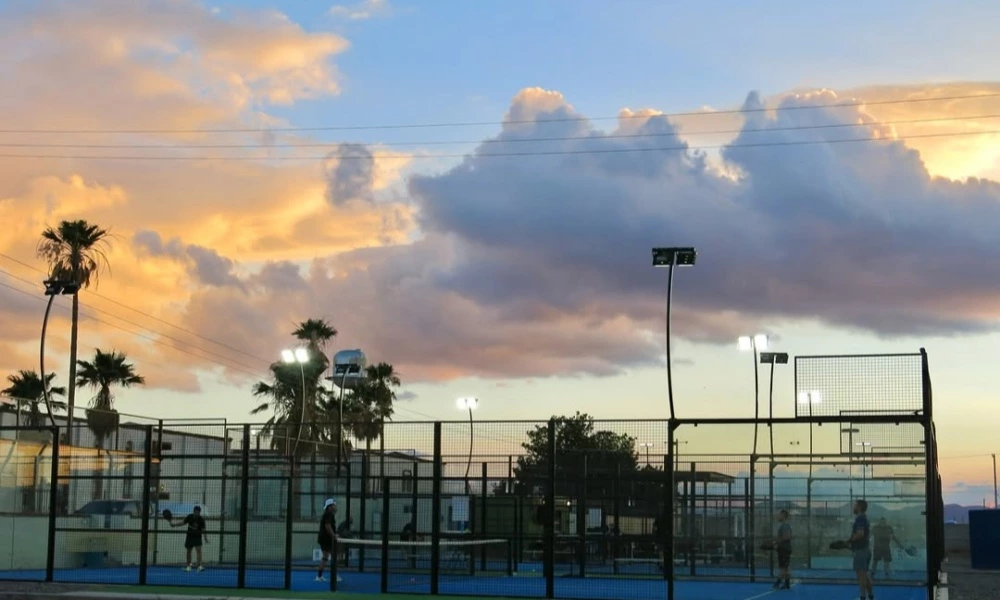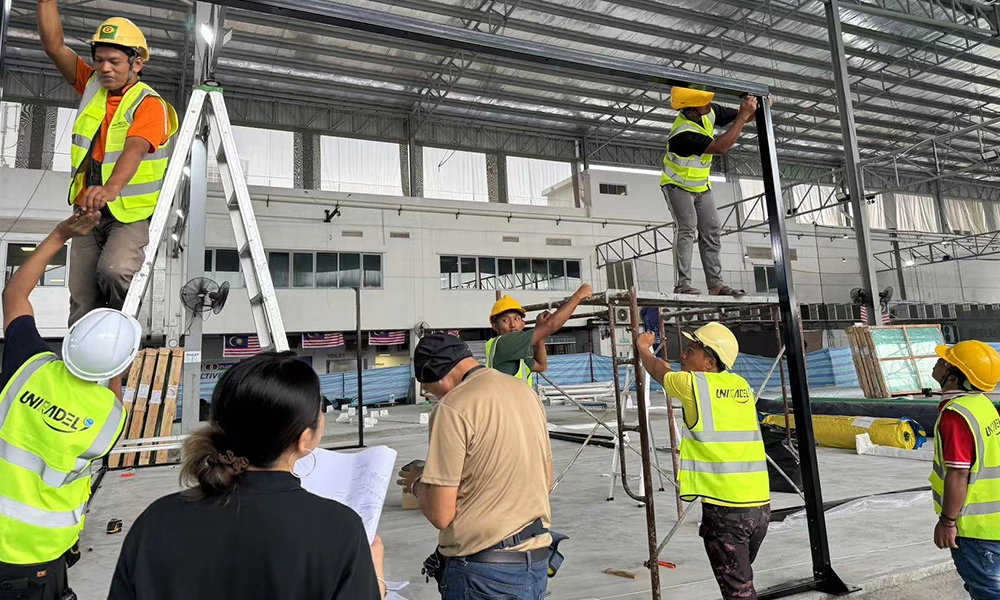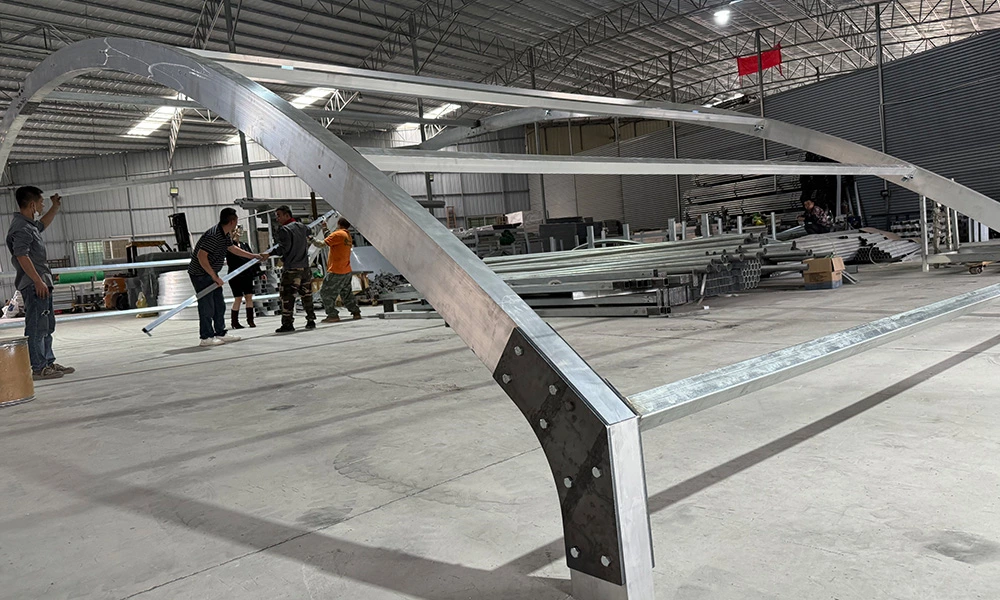The Durability of Glass on Padel Courts
Glass safety is inseparable from court design
In the construction of padel courts, glass not only plays a role in separation and enclosure, but is also directly related to the safety and viewing experience of users. Therefore, 12 mm thick tempered glass has become the standard choice in the industry. Compared with ordinary glass, tempered glass has an impact resistance that is 3-5 times higher, and can effectively deal with high-speed shots and occasional physical contact between players. In addition, its excellent transparency ensures that the audience can clearly see the action on the court, making it an ideal material for modern panoramic padel courts.
Heat treatment process ensures glass strength
The key to the high strength of tempered glass lies in its heat treatment process. During the manufacturing process, the glass is heated to a high temperature of more than about 650°C and then cooled rapidly. This process causes high pressure stress on the surface of the glass, while the interior is in a tensile stress state, thereby enhancing the structural stability and impact resistance of the glass. Because of this, even if tempered glass breaks, it will break into blunt-angle particles, reducing the risk of injury to people and meeting the international standards for safety glass.

12mm standard thickness brings stable performance
In the padel court, the thickness of the glass directly affects its service life and ability to resist external impact. 12mm tempered glass is the current industry standard. This thickness can withstand the impact of the ball under high-speed hitting, and can also cope with the impact caused by occasional collisions during intense sports. In addition, it can effectively resist external environmental influences such as wind pressure and temperature changes. But even tempered glass has an extremely low self-explosion rate (usually less than 0.3%), which is mainly due to the nickel sulfide impurities that may remain inside the glass, which may cause cracks under extreme temperature changes or stress concentration.
The foundation structure directly affects the durability of the glass
The durability of the glass on the padel court depends not only on the material itself, but also on the solidity of the installation foundation. Standard construction requires that the glass must be firmly installed on a reinforced concrete foundation (such as a ring beam or an integral concrete slab) to ensure the stability of the overall structure. This design can significantly reduce the stress concentration of the glass caused by ground settlement, structural vibration or improper installation, thereby further reducing the risk of glass breakage or loosening and extending the service life.

Common problems with non-durable glass
Not all glass is suitable for padel court construction. The following types of glass are not recommended or have hidden dangers because of their insufficient performance or quality defects, which may cause problems in use:
Ordinary float glass
Low strength, no heat treatment, easy to break, and sharp fragments are formed when broken, which poses a great safety hazard.
Insufficiently thick glass (such as 8mm or 10mm)
Although the cost is lower, it is easy to break or deform due to insufficient impact in actual sports scenes, which does not meet international standards.
Unhomogenized tempered glass
If secondary homogenization is not performed, there may be nickel sulfide residues inside, increasing the risk of self-explosion.
Poor quality glass (many impurities, unpolished edges)
The uneven material itself or poor edge processing will cause local stress concentration, which may break under long-term use or slight impact.
Uncertified non-safety glass
Glass that has not passed international standard testing and certification such as CE, ISO or ASTM often has quality risks and is not recommended for use in public sports venues.
High-standard glass is the core safety guarantee of padel courts
Choosing high-quality 12mm tempered glass, combined with professional construction technology and a solid foundation, is the key to creating a safe, durable, and high-visual experience padel court. As an isolation and support structure for spectators and players, glass not only needs to be beautiful and transparent, but also must ensure long-term stability under high-frequency use.




